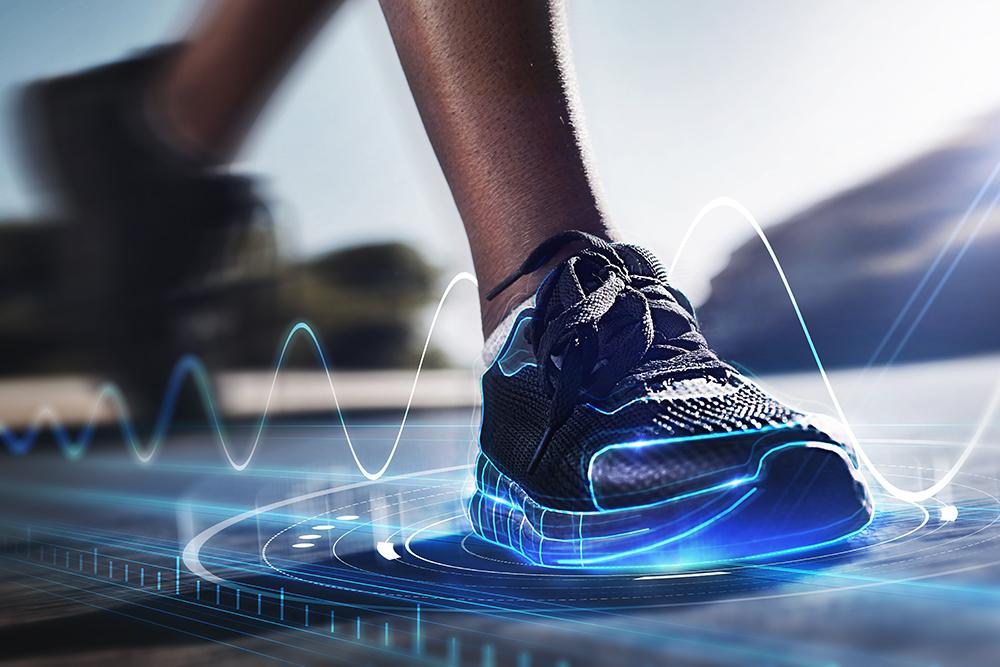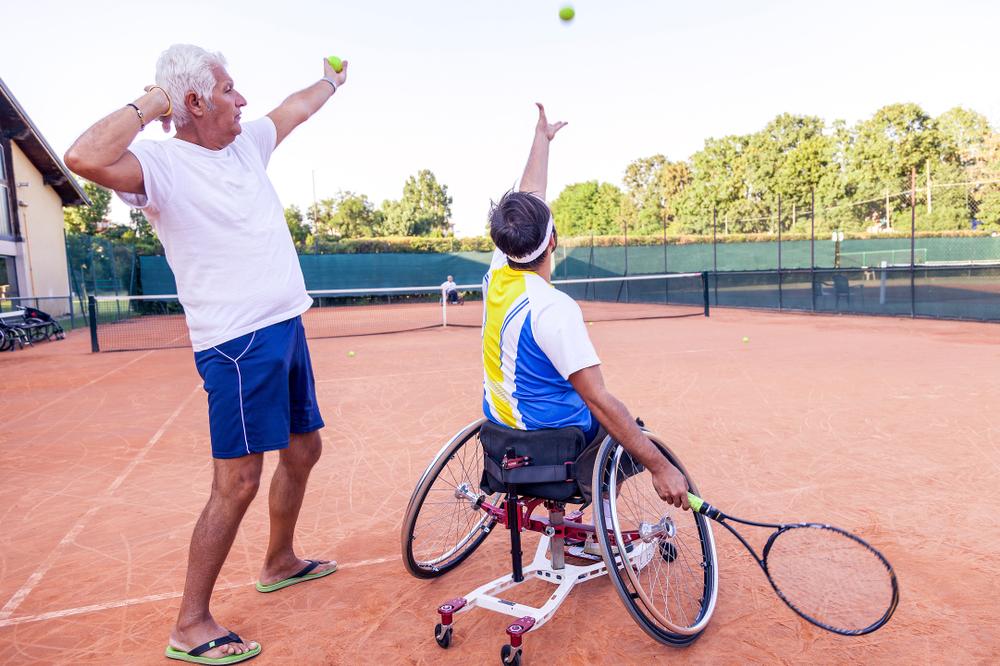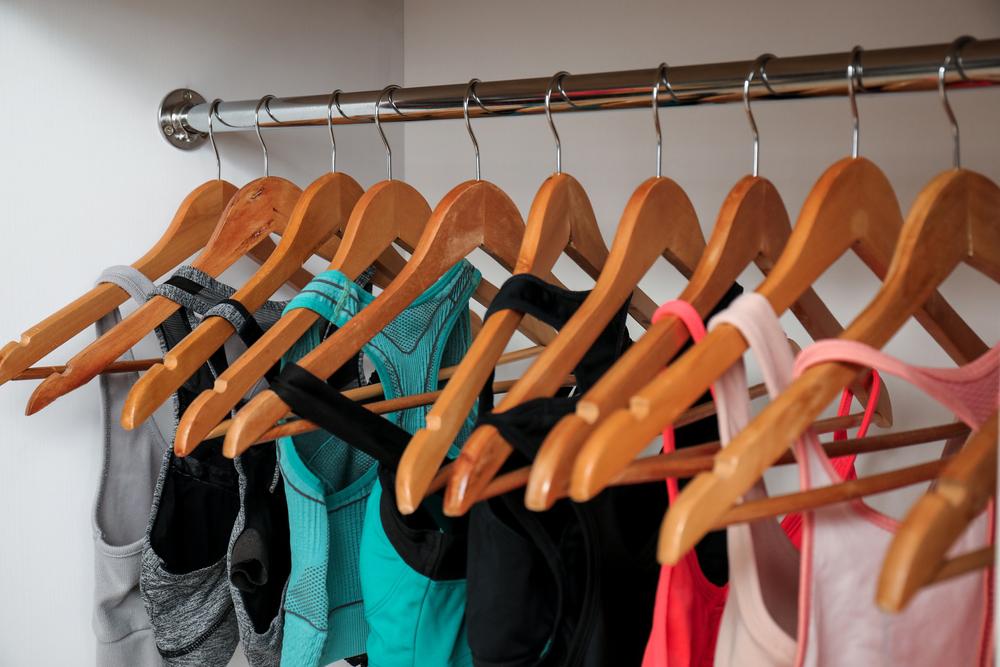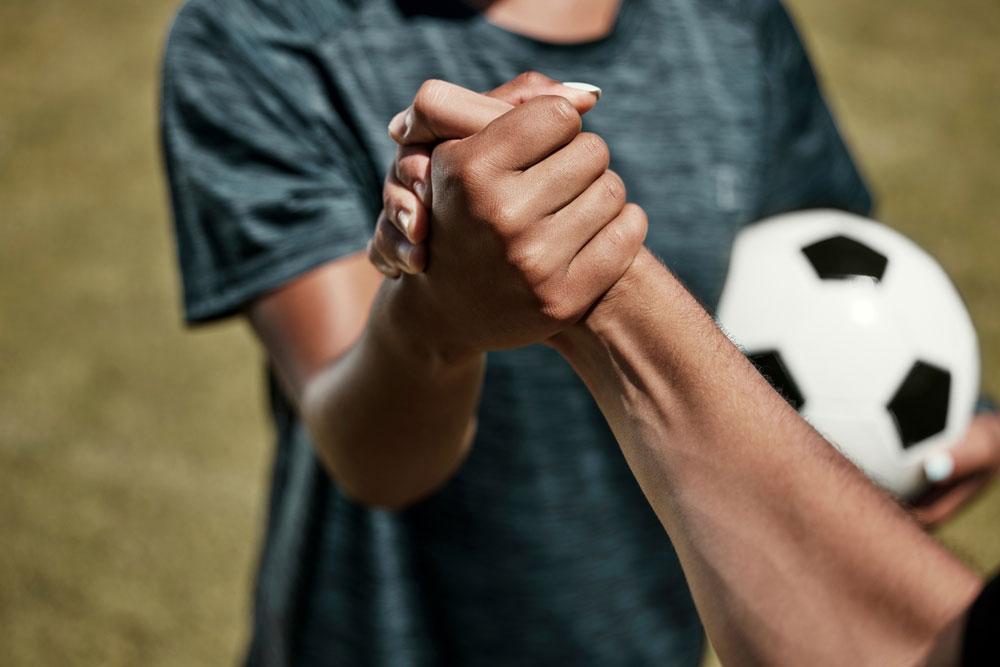 Concussion research is a rapidly evolving field, and over the past several years, there have been a lot of changes in recommendations regarding concussions and their treatment. Newer research shows that some prior recommendations, including prolonged periods of rest, were not helpful for recovery.
Concussion research is a rapidly evolving field, and over the past several years, there have been a lot of changes in recommendations regarding concussions and their treatment. Newer research shows that some prior recommendations, including prolonged periods of rest, were not helpful for recovery.
Given that concussion treatment today is very different than it was several years ago, Michele LaBotz, TrueSport Expert and sports medicine physician, is explaining the latest information on concussion protocols. Remember, it’s important to speak to your athlete’s doctor and athletic trainer to create the best recovery protocol for each individual athlete, but having this updated information allows you to ask the right questions and best advocate for your athlete.
According to the American College of Sports Medicine, 1.8 million sports-related concussions happen annually in youth under age 18 annually. This number can be devastating, especially since many athletes who sustain concussions struggle to return to play, particularly in high-impact sports. But concussions are an unfortunately common part of many sports, and all too often, are unavoidable. So, how can an athlete best recover?
One fundamental change during recovery has been the move away from prolonged periods of rest and time away from school. This may be a surprise, especially for coaches or parents of older athletes who have long been told that athletes with concussions need to be kept in dark rooms, forced to rest, and stay away from screens and exercise. “The pendulum has been swinging the past number of years in terms of concussion treatment,” says LaBotz. “The things we believe now are quite different from what we were telling people a couple of years ago.”
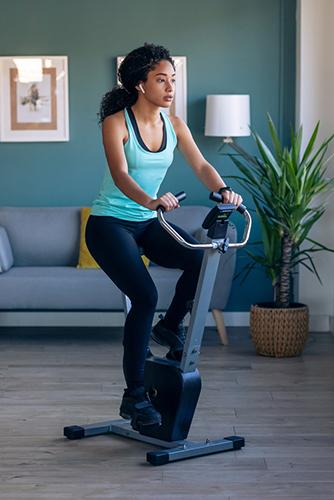 Now, LaBotz says, there’s a lot of good evidence that getting kids back into physical activity early—after a day or two of taking it easy (unless other injuries require more rest)—can be helpful for recovery. This doesn’t mean showing up at practice and doing sprints, though. Instead, athletes should start with low intensity physical activity like walking or spinning on a stationary bike.
Now, LaBotz says, there’s a lot of good evidence that getting kids back into physical activity early—after a day or two of taking it easy (unless other injuries require more rest)—can be helpful for recovery. This doesn’t mean showing up at practice and doing sprints, though. Instead, athletes should start with low intensity physical activity like walking or spinning on a stationary bike.
“As long as they’re able to participate in physical activity without a significant increase in symptoms and without undue risk of another head injury, they can continue,” says LaBotz. “Those prolonged periods of inactivity are not good for the athlete, on any level.”
LaBotz believes part of the reason this return to activity aids recovery is the element of isolation that can happen when an athlete is forced to rest, skipping school and practice. “We know that when these kids are socially isolated after concussion, that appears to lead to prolongation of symptoms,” she says. “The days of keeping kids out of school, or away from social activities with friends, for weeks at a time are over.”
Even screen time recommendations have changed. While screens often aren’t optimal for those suffering from acute concussion symptoms, LaBotz notes that because many young people engage in social interactions via the computer versus in real life, keeping them away from all screens may do more harm than good.
“The Academy of Pediatrics still recommends a maximum of two hours of non-academic screen time per day,” she says. “But as long as kids are not having a significant increase in symptoms, maintaining those social connections with friends via screens is very reasonable.” LaBotz notes that for those who do experience symptoms with screen use, reducing screen brightness and/or increasing font size may help. “Even playing with different background colors can make a difference,” she says.
Furthermore, going to major events like prom or graduation can be safe for athletes dealing with concussions, says LaBotz. “I tell parents that if there is an important social or family activity, it’s fine for them to participate, as long as the activity does not involve risk for additional head injury” she notes. However, LaBotz does add that it’s important to have a plan in place if the athlete feels concussion symptoms start to increase. “They have to have an ‘exit strategy’ where they can retreat to a quiet place or be able to leave and go home if symptoms become much worse” she says.
 According to the American College of Sports Medicine, concussion recovery typically takes between two and four weeks for young athletes. Concussion recovery is not linear, and symptoms may come and go during this recovery time, says LaBotz. It’s normal for symptoms to seem to go away, then come back, particularly with strenuous mental or physical effort. “I often reassure patients and families that a slight increase in symptoms with light exercise or schoolwork is okay, and the athlete can continue,” she says. “But, if there’s a big increase in symptoms, then that is a signal that the athlete is doing too much and needs to back down.”
According to the American College of Sports Medicine, concussion recovery typically takes between two and four weeks for young athletes. Concussion recovery is not linear, and symptoms may come and go during this recovery time, says LaBotz. It’s normal for symptoms to seem to go away, then come back, particularly with strenuous mental or physical effort. “I often reassure patients and families that a slight increase in symptoms with light exercise or schoolwork is okay, and the athlete can continue,” she says. “But, if there’s a big increase in symptoms, then that is a signal that the athlete is doing too much and needs to back down.”
When it comes to concussion recovery, there is no substitute for the passage of time. But there are some symptoms, such as issues with balance, vision, or neck pain that often benefit from dedicated treatment and rehabilitation, particularly if they are not improving with time, adds LaBotz. Working with a physical therapist or athletic trainer to address these issues often helps to reduce concussion symptoms and shorten recovery periods.
The last outdated piece of concussion advice is the concept that the third concussion needs to be your last concussion. “There’s no magic number for concussions,” says LaBotz. “It used to be that after three, you were out of the sport. Now, recommendations are much more individualized and the decision-making process takes multiple factors into account, and not just the number of concussions.”
One problem with sustaining multiple concussions is that it seems to increase the likelihood of recurrence. “In some athletes, we see that after a concussion, the threshold for getting another concussion appears to go down,” LaBotz says. “I’ve seen athletes who have had a couple of concussions, and they come to see me with symptoms of a new concussion but don’t remember sustaining a hit. In these cases, it may take less of a hit to sustain a concussion for them now. And again, in those cases, considering a switch to a non-contact sport may be advisable.”
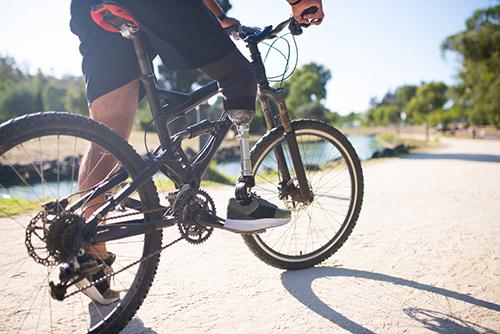 Although many concussion treatment recommendations will continue to evolve, it is important to remember that the following criteria for return to contact sport after concussion has NOT changed:
Although many concussion treatment recommendations will continue to evolve, it is important to remember that the following criteria for return to contact sport after concussion has NOT changed:
- Athletes must be symptom-free at rest and remain symptom-free during several days of a progressive “return to play” protocol
- Athletes must be back to their pre-injury level of school performance and cognitive function
- Athletes must be cleared by a health care professional before return to sport
More research is still needed in the concussion arena, and one area of interest for LaBotz is regarding the potential effects of subconcussive head impacts. These happen when smaller impacts to the head are sustained (like heading a soccer ball or hitting your head after a tackle in football). At the time of the impact, there’s no pain or symptomatic aftereffects. But those hits accumulate over time, she says. “Really, the less force that goes across the brain, the better,” she adds.
___________________________
Takeaway
Concussion protocols have changed in recent years. Athletes should return to easy, light movement within a day or two of sustaining a concussion to improve recovery outcomes and they shouldn’t be kept in social isolation. Work with athletic trainers and medical professionals to create an optimal return to play plan for your athlete, and remember, athletes must be cleared by a health care provider to return to play after sustaining a concussion.
